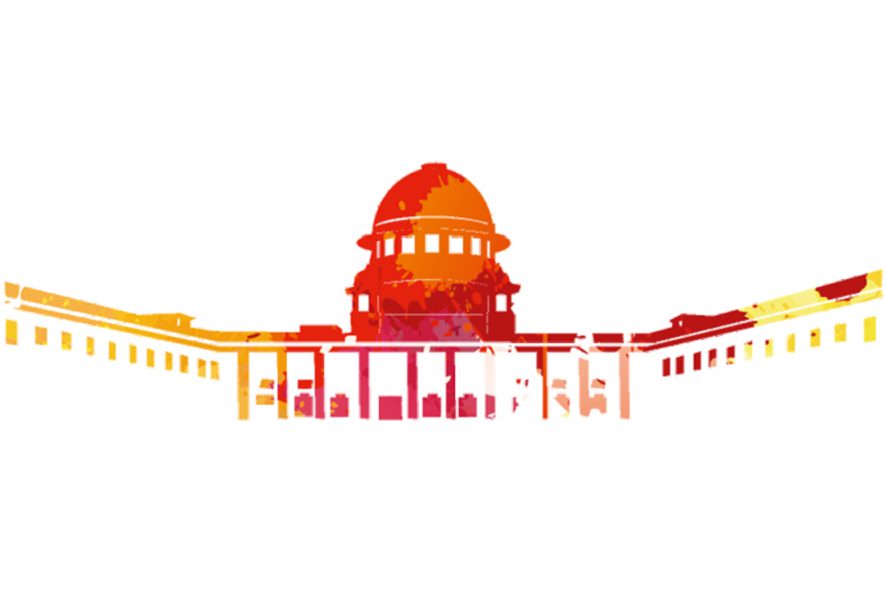Supreme Court: The bench of AM Khanwilkar* and Dinesh Maheshwari, JJ has held that for invoking Section 17 of the Limitation Act, 1963, two ingredients i.e. existence of a fraud and discovery of such fraud, have to be pleaded and duly proved and that in case of failure to establish the existence of fraud, there is no occasion for its discovery.
Background of the case
The dispute dating back to 1990 pertains to a General Power of Attorney (GPA) purported to have been executed by the plaintiff in favour of defendant No. 1 and consequently sale deeds executed by defendant No. 1 as an attorney of the plaintiff. However, according to the plaintiff, reposing complete trust in her step brothers to step-brothers, she had signed on blank papers under the guise of preparation and processing of documents for the purpose of getting the estate left behind by their father mutated in their names.
After analysing the evidence on record, the trial Court dismissed the suit filed by the plaintiff and this order was upheld by the appellate Court. The High Court, however, reversed the concurrent opinions of two Courts and held that the trial Court as well as the first appellate Court committed manifest error and misapplied the settled legal position.
Challenging the High Court’s decision before the Supreme Court, the defendants argued that interference by the High Court was unwarranted as the same did not involve any substantial question of law. On merits, the aforesaid defendants contended that the evidence of the plaintiff was self-contradictory, as she first claimed that her signatures were taken on blank papers and then denied her signatures occurring on the 1990 GPA. The plea that the signatures were taken on blank papers was not substantiated as the 1990 GPA was executed on stamp papers.
Analysis
The Court held that the diverse grounds urged by the plaintiff in disputing the 1990 GPA and the sale deeds were unsubstantiated and untenable. Here are the key factors taken into consideration by the Court:
- As the record revealed that the disputed documents were registered, the Court, guided by the settled legal principle that a document is presumed to be genuine if the same is registered, was of the opinion that the initial onus was on the plaintiff, who had challenged the stated registered document.
- As the execution of the 1990 GPA and the sale deeds in the present cases was denied by the plaintiff, it became necessary for the plaintiff to examine the attesting witnesses of the disputed documents to establish her allegation about its non-execution. However, both the attesting witnesses were not examined.
“The trial Court had justly placed the initial burden of proof upon the plaintiff as it was her case that the subject documents were forged or product of fraud and moreso because the documents bore her signature. The first appellate Court did not elaborate on that aspect. Even assuming that the burden had shifted upon the defendants, the witness identifying signatures of the dead attesting witness was examined by the defendants. Therefore, the documents stood proved and the burden was duly discharged by the defendants.”
- The evidence of plaintiff’s deed writer (PW4) unveiled that the stated documents were prepared on the basis of instructions of the plaintiff and had been duly executed by her in the presence of the attesting witnesses.
“… the trial Court and the first appellate Court had relied upon the evidence of PW4. The High Court, however, proceeded on surmises and conjectures and took a view which is perverse and tenuous. In that, the ground on which the High Court rejected the evidence of PW4 is that he was known to the defendant No. 4 since his school days. We do not find it to be a correct approach to disregard the credible testimony of the witness examined by the plaintiff herself (without declaring him as a hostile witness) and especially when it had come on record that the said scribe is a regular deed writer at the Tehsil complex, Dasuya. Notably, PW4 had not been declared hostile at the instance of the plaintiff and as such, this part of his testimony would be staring at the plaintiff.”
- Since the attesting witness had proved the execution of the sale deeds, the primary onus upon the plaintiff had not shifted unto the defendants. Further, the plaintiff was obliged to rebut the positive evidence produced by the defendants regarding payment of consideration amount to the plaintiff; but also ought to have independently proved her case of non-receipt of the consideration amount.
Ruling
Concluding that the plaintiff failed to prove that her signatures on the subject documents are forged, the Court reiterated that the standard of proof required in a civil dispute is preponderance of probabilities and not beyond reasonable doubt.
“In the present cases, though the discrepancies in the 1990 GPA are bound to create some doubt, however, in absence of any tangible evidence produced by the plaintiff to support the plea of fraud, it does not take the matter further. Rather, in this case the testimony of the attesting witness, scribe and other independent witnesses plainly support the case of the defendants. That evidence dispels the doubt if any; and tilt the balance in favour of the defendants.”
[Rattan Singh v. Nirmal Gill, 2020 SCC OnLine SC 936, decided on 16.11.2020]
*Justice AM Khanwilkar has penned this judgment







